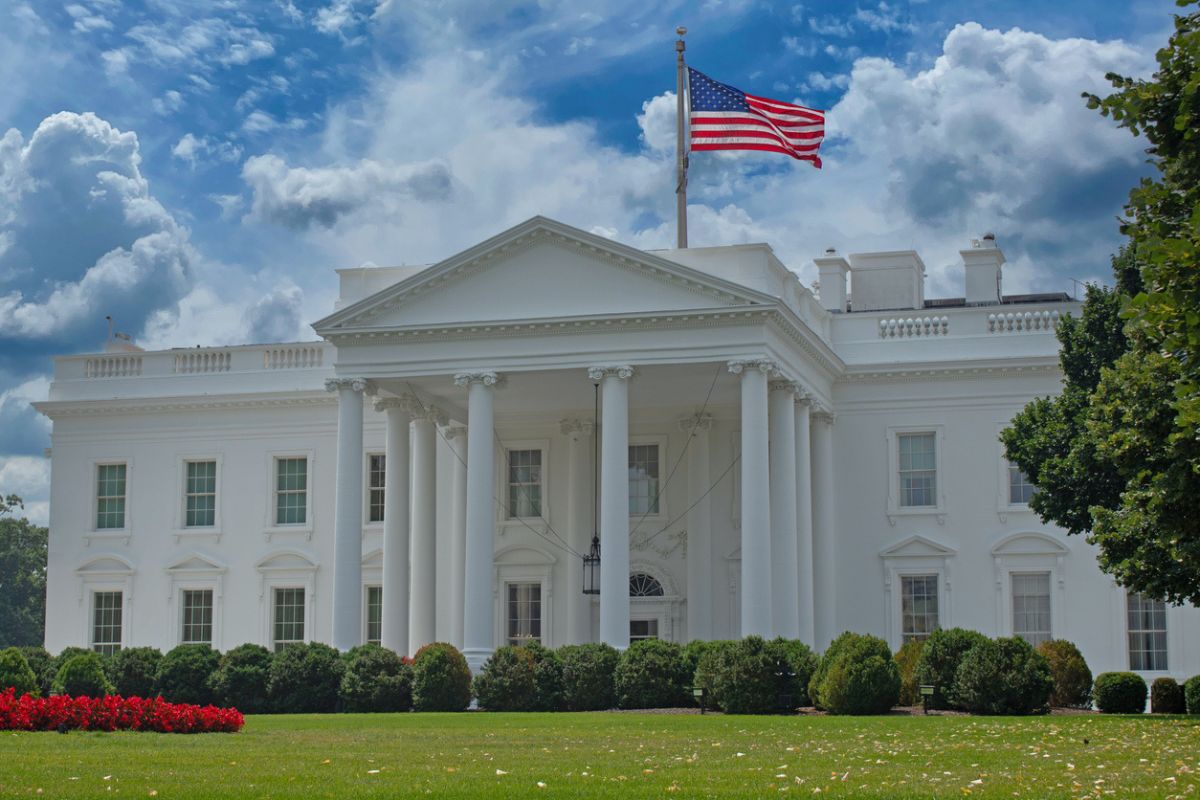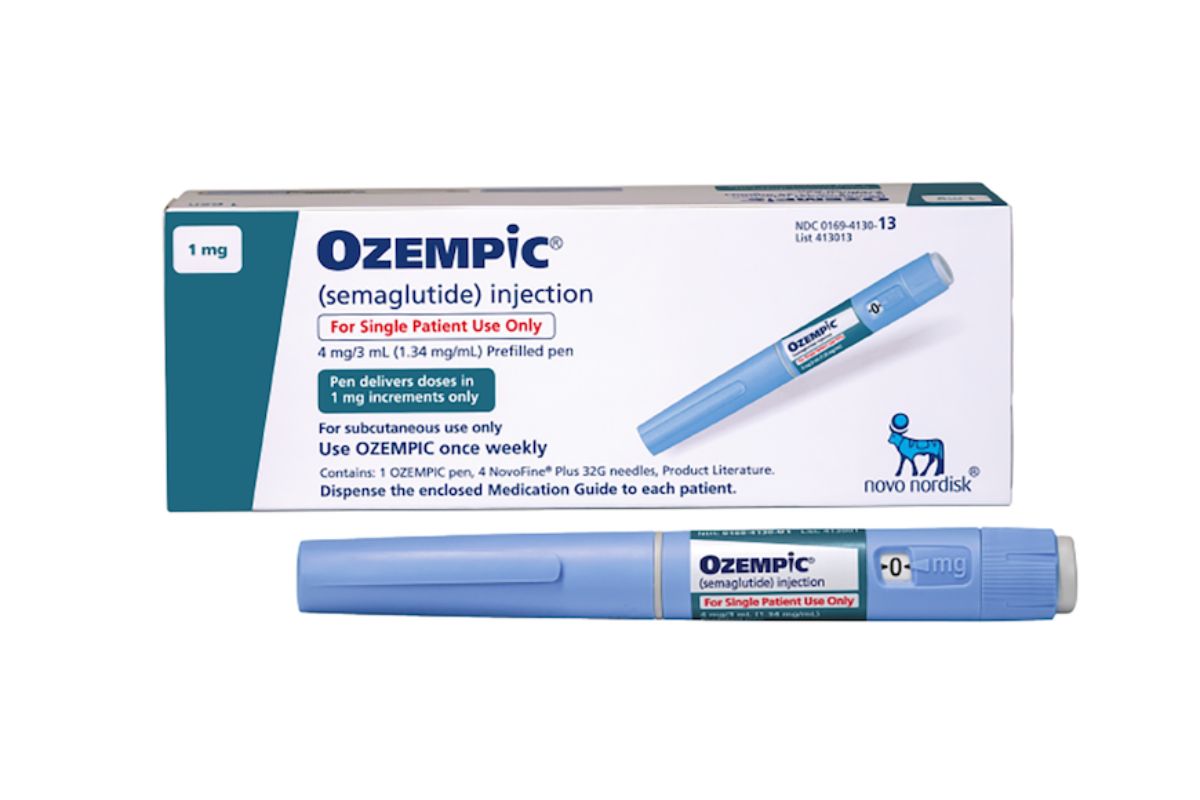As America grapples with a multifaceted drug crisis, clinicians must stay abreast of emerging trends and policies. Three pivotal psychopharmacology trends stand out:
- The over-the-counter availability of Naloxone.
- The surge of the dangerous street drug Xylazine.
- The ongoing tension between federal and state marijuana laws.
Naloxone is Now Over-the-Counter
Naloxone, an over-the-counter opioid overdose reversal drug, is now on store shelves, available as a single-dose nasal spray. Convenience stores, groceries, vending machines, and pharmacies, including major chains CVS, Walgreens, and Rite Aid.
Narcan costs about $45 for two doses. This may be financially out of reach for many people, which is why the department of Health and Human Services (HHS) has prioritized working with state governments to Narcan to community resource centers and clinics. The Food and Drug Administration (FDA) approved direct-to-consumer sales in March as a way to combat opioid overdoses from drugs such as heroin, prescription opioid medications, and fentanyl.
Skin-Rotting ‘Zombie Drug’ Xylazine Tied to Increase in US Drug Overdoses
Alcohol Use Disorder Treatment
Emerging Perspectives in Addictive Psychiatry
The majority of preventable drug overdose deaths in 2020 (77 percent) involved opioids, according to the National Safety Council. The fentanyl category of opioids accounted for 67,325 preventable deaths in 2021, representing a 26 percent increase over the total in 2020.
“We are committed to educating and making it easier for all Americans to have this life-saving medicine available in their first aid kits in case of an emergency,” said Kevin Ban, MD, executive vice president and chief medical officer for Walgreens, in a statement. He added that the company has pledged to partner with End Overdose, a nonprofit that works to educate people about using the nasal spray.
Federal Response to Xylazine
Xylazine is a fast-spreading, deadly new street drug often cut into other drugs, or extend the effects of fentanyl to mimic the high of heroin. Also known as “tranq,” “tranq dope,” and “zombie drug,” it can cause raw, crusty skin ulcers that spread out from the injection site. Skin rot can become so pervasive it may lead to amputation.
Earlier this year, the federal government released its plan to tackle the proliferation of the drug, which has reportedly spread to at least 36 states. The comprehensive strategy includes a public health component focusing on increased testing, treatment, and data collection to track the drug’s spread and its contribution to overdose deaths. Law enforcement efforts would identify and disrupt the sources of the drug, which is legally used as a veterinary sedative. The administration is also considering scheduling xylazine as a controlled substance to enhance regulation. Congress will need to approve funding for full implementation.
The dangers associated with xylazine can’t be overstated.
“If we thought fentanyl was dangerous, fentanyl combined with xylazine is even deadlier,” said Rahul Gupta, MD, director of the White House Office of National Drug Control Policy, on a call to the media at the time.
The death rate from xylazine overdoses increased 35-fold from 2018 to 2021, according to Centers for Disease Control and Prevention (CDC) statistics. It does not respond to naloxone or other opioid overdose treatments.
Cannabis and Gun Ownership
Some things haven’t changed. Recreational use of cannabis is now legal in 23 states, three U.S. territories, and Washington D.C. Additionally, eight more states have decriminalized its use. Despite these changes, gun purchases remain off-limits for cannabis users.
The Bureau of Alcohol, Tobacco, Firearms and Explosives, or ATF, put out a notice to provide clarification on this topic in light of Minnesota’s recent easement on marijuana restrictions.
“Until marijuana is legalized federally, firearms owners and possessors should be mindful that it remains federally illegal to mix marijuana with firearms and ammunition,” said ATF’s Acting Special Agent in Charge Jeff Reed, of the St. Paul Field Division. “As regulators of the firearms industry and enforcers of firearms laws, we felt it was important to remind Minnesotans of this distinction as the marijuana laws adjust here in the State of Minnesota.”
While the notice was specific to Minnesota, it applies to all places in the U.S. where recreational marijuana is now legal. Federal law categorizes marijuana as a Schedule I drug, meaning it has no accepted medical use and a high potential for abuse. Federal law does not provide any exception allowing the use of marijuana for either medicinal or recreational purposes.



